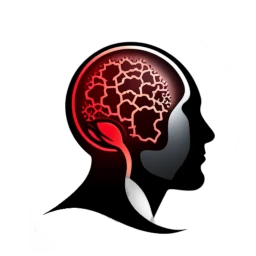Artificial Intelligence (AI) is now being used in many aspects of our lives, from financial services and healthcare to education and entertainment. It is present wherever there is a need to process vast amounts of data and make decisions based on it. With the development and increasing use of AI, more and more problems and challenges emerge that need to be considered. One of them is the issue of biases in decision-making systems.
What are biases in AI decision-making systems?
Biases in AI decision-making systems, also known as algorithmic biases, refer to situations where an AI system makes decisions that are unreasonably favorable to one group of people at the expense of another.
These biases can arise from various sources. They are often the result of biases present in the data on which the AI system is trained. If this data contains biases, the AI system can learn and propagate those biases in its decisions.
Why is eliminating biases important?
Eliminating biases in AI decision-making systems is crucial for several reasons. Firstly, it is a matter of justice and equality. Every individual has the right to be treated fairly, regardless of their race, gender, age, sexual orientation, or other characteristics.
Secondly, biases can lead to incorrect decisions. If an AI system discriminates against certain groups of people, its decisions can not only be unfair but also inconsistent with the goals it is supposed to serve.
Thirdly, biases can undermine trust in AI. If people do not trust the decisions made by AI, they may be reluctant to use AI-based services and systems.
Ethics in eliminating biases
Ethics plays a crucial role in eliminating biases in AI decision-making systems. AI creators must be aware of potential biases and take conscious actions to minimize them.
This may involve various actions, such as:
- Careful data collection and processing: The data used to train AI systems must be representative of the population to which the decisions apply and should not contain biases.
- Testing and auditing AI systems: AI systems should be regularly tested and audited for biases. This requires not only advanced statistical techniques but also an understanding of the context in which the system is used.
- Designing systems with equality in mind: AI system creators should actively strive to design systems that promote equality and fairness. This may include techniques such as “fair learning” that aim to ensure AI systems do not discriminate against any group of people.
- Education and training: AI creators should be educated about biases and how to avoid them. They should be aware not only of the technical aspects of their work but also the social and ethical implications.
- Open communication and transparency: Companies and organizations should be open and transparent about how their AI systems work and how they are trained. They should also be open to criticism and ready to improve their systems when they are found to be unfair.
Challenges and Future Directions
Although there are many actions that can be taken to eliminate biases in AI decision-making systems, it remains a challenging task. Biases are often deeply rooted and difficult to detect. Moreover, even if detected, they can be challenging to remove without impacting other aspects of the AI system’s operation.
One possible direction for further development is the continued research and advancement of “fair learning” techniques and other methods that can help minimize biases. Another direction is the development of better testing and auditing methods that can help detect and understand biases.
Lastly, engaging society in discussions about AI and its biases is crucial. The people who are affected by AI decisions should have the opportunity to voice their concerns and influence how AI systems are designed and used. Only through such open and balanced dialogues can we keep up with the rapid development of AI and ensure that it serves all of us.

